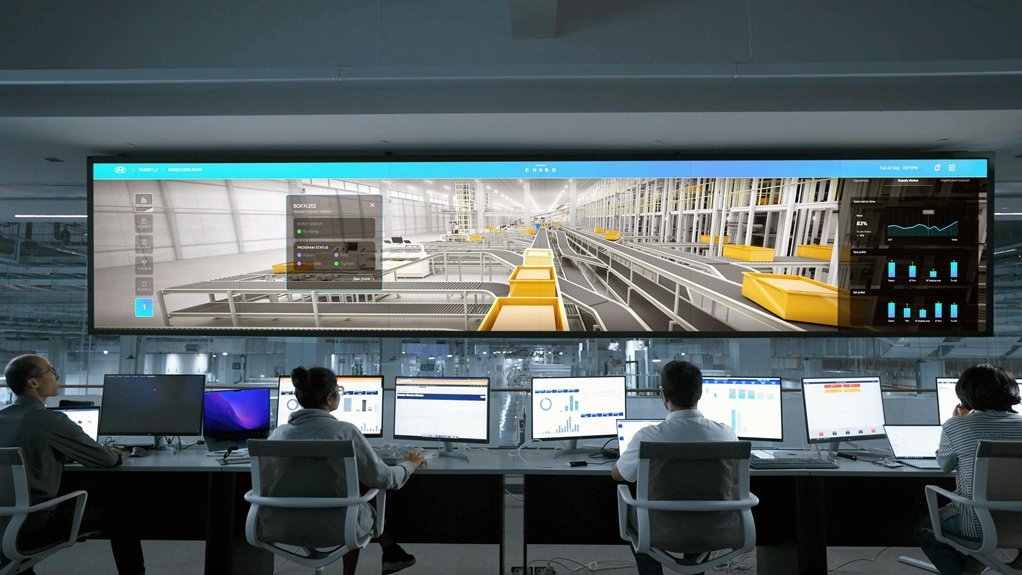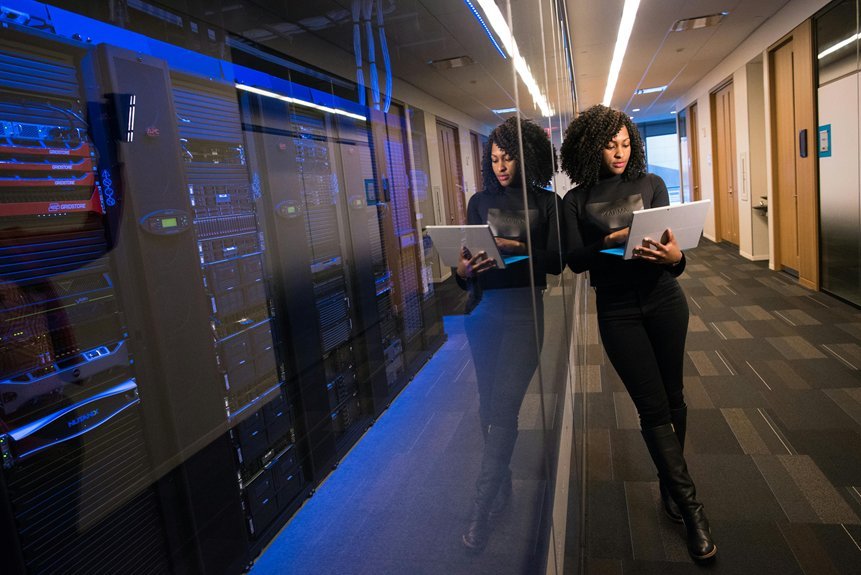Understanding the modern software development team structure is crucial for startups, scale-ups, and enterprise businesses alike. As software delivery becomes more agile and collaborative, each team member plays a critical role in ensuring project success.
In this guide, we’ll unpack the essential roles, responsibilities, and collaboration dynamics within a modern dev team, giving you clarity on who does what, and why each role matters for building robust digital products.
Key Roles in a Modern Software Development Team
1. Product Manager (PM)
- Primary Role: Bridge between the business and engineering.
- Key Responsibilities:
- Define product vision and roadmap.
- Prioritise features based on business goals and user needs.
- Collaborate with stakeholders, designers, and developers.
- Tools Used: Jira, Trello, Confluence, Productboard.
2. Project Manager / Scrum Master
- Primary Role: Ensure smooth workflow and delivery.
- Key Responsibilities:
- Manage timelines, sprints, and resource allocation.
- Facilitate daily stand-ups and sprint reviews.
- Remove roadblocks and ensure Agile/Scrum best practices.
- Tools Used: Asana, Monday.com, Azure DevOps, Jira.
3. Software Developers (Frontend, Backend, Full-Stack)
- Primary Role: Write, test, and maintain the codebase.
- Key Responsibilities:
- Frontend Developers handle UI/UX implementation using HTML, CSS, JavaScript frameworks (React, Angular, etc.).
- Backend Developers manage server-side logic, databases, and APIs using languages like Node.js, Python, Ruby, or Java.
- Full-Stack Developers manage both ends efficiently.
- Tools Used: Git, VS Code, Docker, CI/CD pipelines.
4. UI/UX Designers
- Primary Role: Design user interfaces and optimise user experiences.
- Key Responsibilities:
- Collaborate with developers for handoffs.
- Conduct user research and build wireframes and prototypes.
- Ensure accessibility and usability best practices.
- Tools Used: Figma, Adobe XD, Sketch, InVision.
5. Quality Assurance (QA) Engineers
- Primary Role: Maintain product quality through testing.
- Key Responsibilities:
- Create automated/manual test cases.
- Perform regression, performance, and usability testing.
- Report and track bugs.
- Tools Used: Selenium, TestRail, Postman, JMeter.
6. DevOps Engineers
- Primary Role: Automate deployment and infrastructure operations.
- Key Responsibilities:
- Manage CI/CD pipelines and cloud infrastructure.
- Monitor performance and ensure scalability.
- Implement security and rollback strategies.
- Tools Used: Jenkins, Kubernetes, AWS/GCP/Azure, Terraform.
7. Business Analyst
- Primary Role: Translate business requirements into technical deliverables.
- Key Responsibilities:
- Conduct stakeholder interviews and market analysis.
- Create functional specs and user stories.
- Align technical execution with business strategy.
How These Roles Collaborate
A well-functioning dev team relies on constant communication and iterative feedback loops:
- PMs and Designers define what needs to be built.
- Developers and QA focus on how it’s built and validated.
- DevOps ensures the infrastructure is solid and scalable.
- Scrum Masters keep everyone aligned and on schedule.
Cross-functional collaboration is the backbone of Agile development, ensuring faster delivery cycles and higher-quality software.
Benefits of a Clear Dev Team Structure
- Faster Time-to-Market: Each member knows their role, reducing bottlenecks.
- Better Product Quality: QA and DevOps enforce consistent testing and deployment.
- Improved Scalability: Clear responsibilities allow teams to grow efficiently.
- Stakeholder Transparency: PMs and BAs provide business alignment and visibility.
FAQs
What is the ideal size of a modern development team?
The ideal Agile team consists of 5–9 members, covering all key roles—PM, developers, QA, and a designer—with DevOps support as needed.
How is Agile different from traditional dev team structures?
Agile emphasises cross-functional collaboration, continuous delivery, and iterative development, as opposed to linear, siloed processes in traditional models.
Who is responsible for delivering the final product?
The Product Manager is accountable for the product’s success, but delivery is a team effort involving developers, QA, DevOps, and more.
Do all dev teams need a Scrum Master?
Not necessarily. In smaller teams, the PM may double as Scrum Master, but in larger setups, a dedicated Scrum Master ensures Agile discipline and team facilitation.
What’s the difference between a Full-Stack Developer and a Backend Developer?
Full-Stack Developers work on both client and server-side.
Backend Developers specialise only in server-side technologies, APIs, and databases.
Final Thoughts
In today’s fast-moving tech landscape, a clear understanding of who does what in a dev team structure empowers both teams and stakeholders. Whether you’re hiring, scaling, or optimising workflows, knowing these roles—and how they collaborate—helps you build better software, faster.






